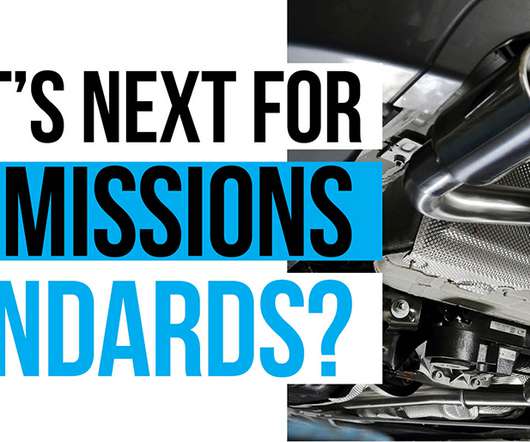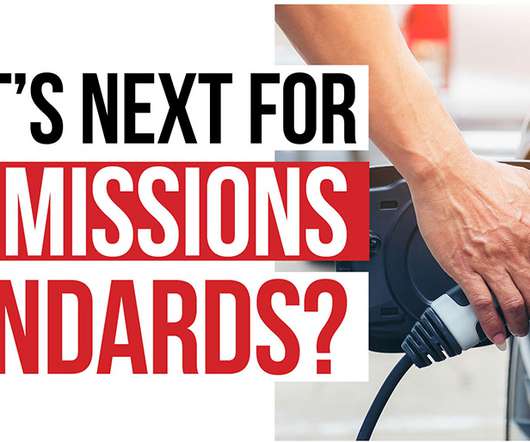Sandia, TUD optical diagnostic helps reduce emissions while improving fuel economy
Green Car Congress
NOVEMBER 3, 2017
A team of researchers at Sandia’s Combustion Research Facility and the Technical University of Denmark have developed an optical setup for quantitative, high-temporal resolution line-of-sight extinction imaging in harsh optical environments. The work was published in a paper in the journal Applied Optics.


























Let's personalize your content